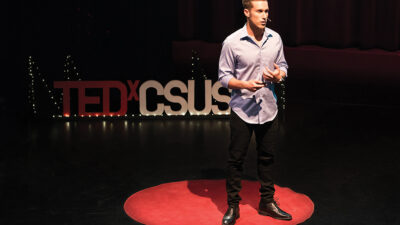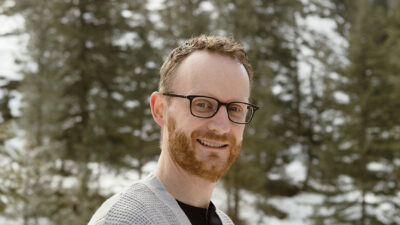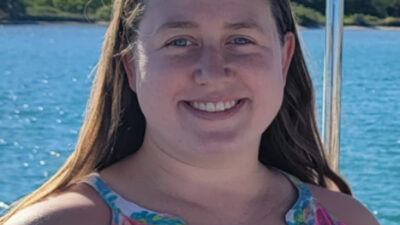Curbing contaminant carryover I was interested in and enjoyed your article "A New Lab Formula" (CSE 3/06, p. 24). I am curious about the heat wheel technology you refer to. How do you get around the cross-contamination between airstreams? GREG HOLMES, P.E., R.P.A. OPERATIONS MANAGER, JONES LANG LASALLE CORPORATE, PROPERTY SERVICES Michael J.
Curbing contaminant carryover
I was interested in and enjoyed your article “A New Lab Formula” ( CSE 3/06, p. 24 ). I am curious about the heat wheel technology you refer to. How do you get around the cross-contamination between airstreams?
GREG HOLMES, P.E., R.P.A. OPERATIONS MANAGER, JONES LANG LASALLE CORPORATE, PROPERTY SERVICES
Michael J. Dausch, P.E., MBA, director of design and construction for Johns Hopkins School of Medicine in Baltimore, which employs multiple energy-recovery wheels, responds:
Johns Hopkins began by using a total energy-recovery wheel designed specifically for lab type environments by SEMCO, Inc. The wheel utilizes a 3-angstrom molecular sieve technology that has the capability of avoiding the transfer of airborne contaminants contained in the lab exhaust air. Other technologies do not have this capability.
We first initiated a pilot test site of this technology more than 15 years ago on a small laboratory requiring approximately 15,000 cfm of outdoor air. Our health and safety department tested this system extensively to ensure that contaminant carryover did not occur. The following year we constructed our first major laboratory facility using this technology to precondition approximately 400,000 cfm of outdoor air.
These systems, located in our Ross Research Facility, were recently tested for both recovery performance and contaminant carryover as part of a Labs21 presentation, which can be viewed at https://www.labs21century.gov/conf/past/2003/presentations/a3_fischer.pdf .
Despite years of operation, the findings confirmed that the recovery performance had not diminished. The independent air quality testing confirmed that recovery wheels did not transfer contaminants from the exhaust airstream into the supply airstream.
Since that time, we have utilized the 3-angstrom molecular sieve total-energy wheel for many major laboratory projects—over one million total sq. ft.—with great success. In addition, SEMCO has completed a significant amount of research to address the concern for desiccant wheel carryover, which you can view at semcoinc.com .
Not on the schedule
The sidebar “Improved Smoke Ventilation at Atlanta’s Airport” ( CSE 4/06, p. 56 ) indicates a bad operating schedule! It is well-known that rotating machinery has maximum stress during starting.
These ventilating fans will last a whole lot longer if they are alternately run for a one- or six-month period instead of only a week!
RCA determined this for 1,000-hp air compressors in the early 1970s in Marion, Ind.
CHUCK MUHLEMAN, PRESIDENT (RETIRED), PRESS CONTROLS CORP., HUNTSVILLE, ALA.



